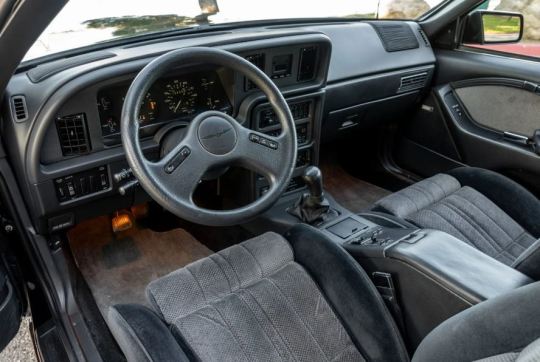#ford t-bird
Photo

American Bird Mk2 SilhouetteHistory
Silhouettes of mk2 Ford Thunderbird Convertible model, 1958, 1959 and 1960
Home | NFT | Prints & Tees | Special Tees | FB | IG | Twitter | Ask
#silhouettehistory#ford#thunderbird#t-bird#ford thunderbird#ford t-bird#convertible#personal luxury car#american cars#car#silhouette#history
3 notes
·
View notes
Text
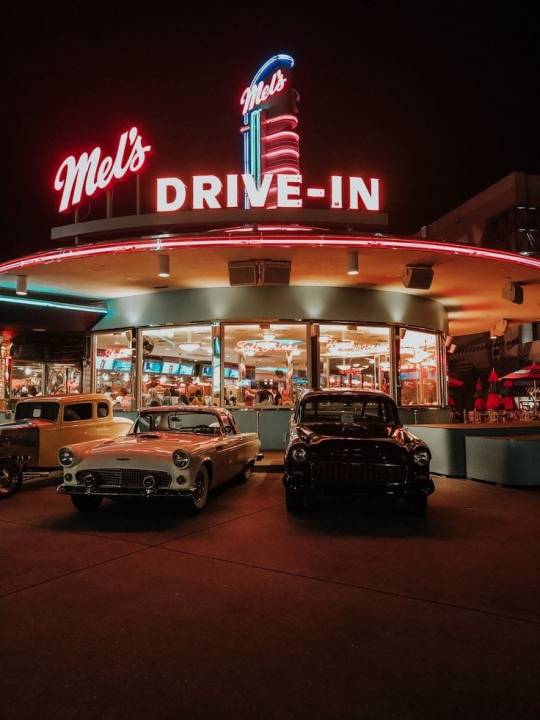
Mel’s Drive-in from the 1973 film "American Graffiti". Milner's '32 Coupe, the Blonde's T-Bird, and Bob Falfa's 1955 Chevy Bel Air, left to right.
544 notes
·
View notes
Text
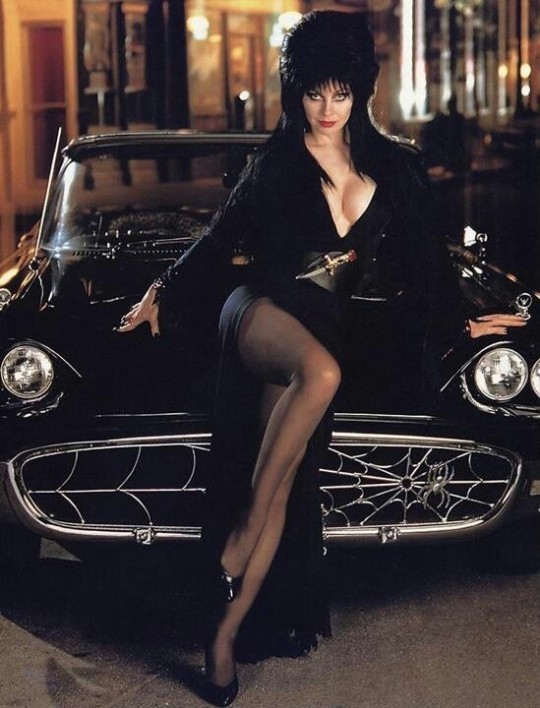
Elvira posing on her 1959 Ford T-Bird Macabre Mobile
#Elvira#Ford#Thunderbird#classic car#celebrity cars#Macabre Mobile#famous cars#October#Halloween#spooky season#T-Bird#Mistress of the dark#Queen of Halloween
763 notes
·
View notes
Text

1967
16 notes
·
View notes
Text

Die Cast Car of the day: 1963 Ford Thunderbird by Hot Wheels #toy #toys #cars #diecastcars #ford #thunderbird #tbird #fordthunderbird #1963fordthunderbird #hotwheels
#toy#toys#cars#die cast cars#ford#Thunderbird#t bird#ford thunderbird#1963 ford thunderbird#hot wheels
14 notes
·
View notes
Text
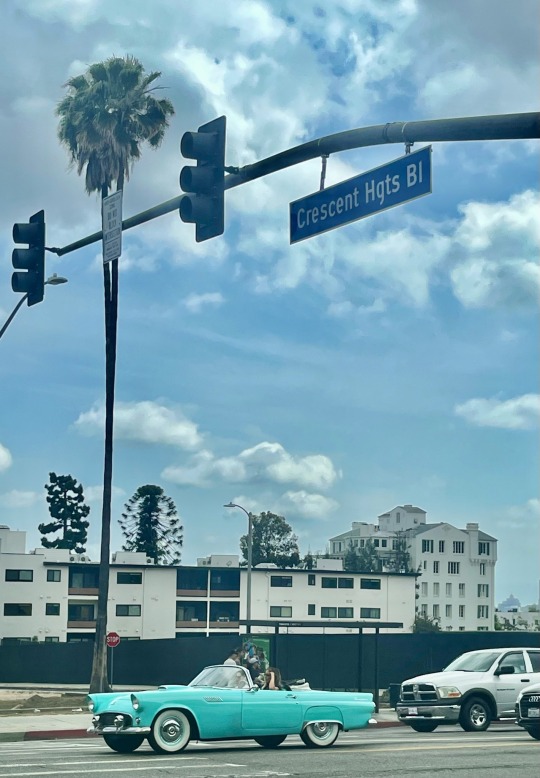
#t birds#thunderbird#ford thunderbird#los angeles#west hollywood#weho#sunset boulevard#palm tree#vintage car
33 notes
·
View notes
Photo

65 Thunderbird
#1965#ford#thunderbird#t bird#vintage#60s#american#car#mono#b&w#black and white#50mm#hi-fi fotos#Hallewell
23 notes
·
View notes
Photo
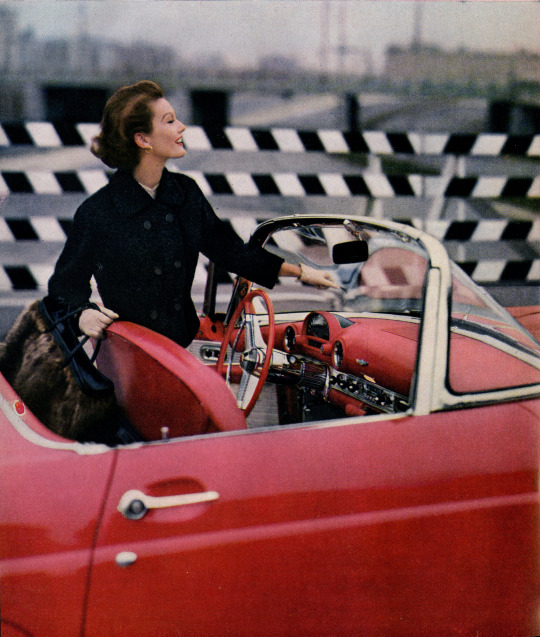
And she'll have fun fun fun
Til her daddy takes the t-bird away-ay
Harper's Bazaar February 1955
#fashion#1950s fashion#womens clothing#t-bird#t birds#ford thunderbird#1950s#1950s cars#1950's#1950's fashion#50's cars#funny#humor#humour
30 notes
·
View notes
Photo





Advertisements for the Ford Thunderbird - early to late 1960′s
5 notes
·
View notes
Photo
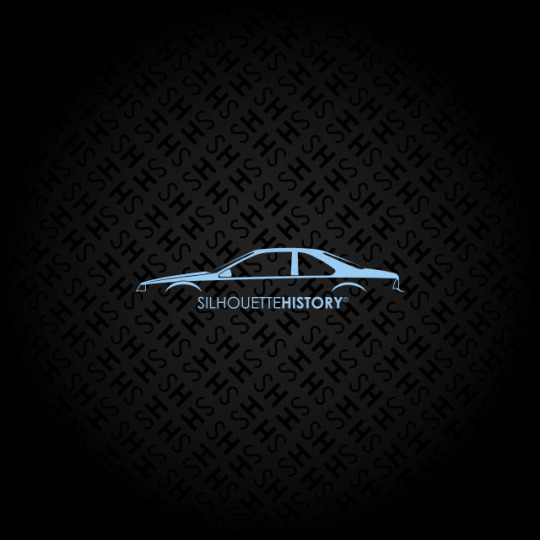
American Bird Mk10 SilhouetteHistory Single
Single silhouette of Ford Thunderbird 10th generation.
Shop | Home | NFT | Special Tees | FB | IG | TW | Ask
#silhouettehistory#ford#thunderbird#ford thunderbird#t-bird#ford t-bird#ford t-bird 10th gen#coupe#personal luxury car#american cars#custom request#single silhouette#car#silhouette#history
1 note
·
View note
Video
Classic
0 notes
Text

Stormy Weather, or: Outside, the Wind (Inside, the Light) | Dream/Hob | 1600 words | Rated T
tags: I recently spent an evening without power therefore I must put the blorbos in a Situation, love confessions, first kiss, getting together, power outages, Hob Gadling throughout history, gratuitious use of mildly accurate Middle English
The wind tears around London like a living thing, a wild animal, a predator, intent on the hunt. It chases birds into their nests and people into their homes, moans around corners and rattles shutters, sending piles of leaves whirling into miniature hurricanes and whipping branches into a frenzy, sharpening its claws on roof tiles and telephone poles.
Except in Hob Gadling’s flat.
The New Inn, and the cozy home above it, is in one of those old buildings that’s actually been loved and maintained – thanks in no small part to Hob’s own care and attention. The walls are thick and strong, the roof is solid. The shutters may rattle, but the windows are double-pane; the curtains and carpets are warm and soft, and no drafts encroach on the sanctity of his living room, where Hob and Lord Morpheus, King of Dreams, are having a movie night.
It’s part of Hob’s concerted effort to introduce the Prince of Stories to the stories he’d missed during his imprisonment. Tonight it’s Blade Runner – the final cut, of course – which isn’t necessarily one of Hob’s personal favorites, but seemed to fit the stormy, rainy vibes of the weather. They’re installed on the couch, with hot chocolate and wine and snacks, which Dream has deigned to pick at. Harrison Ford is eating noodles and wandering through wet, moodily-lit streets. The wind is howling outside, but they’re safe and warm and surrounded by soft things and life is about as good, Hob thinks, as it ever gets these days.
And then his lights flicker. Once, twice; there is the impression of a sort of electrical last gasp, and the room is plunged into darkness.
The wind whips and the shutters rattle. A volley of rain spits itself against the windows.
“Bugger,” says Hob.
Dream says nothing, merely brings his wineglass – which had already been cradled in one elegant hand – to his lips.
“Hang on,” says Hob. “I’ve got some candles around here somewhere.”
He gropes his way to the kitchen. In one drawer he unearths some beeswax tapers and several tea lights, which he arranges on a plate. He rummages in one of the deeper cabinets and makes a triumphant noise as he discovers his prize behind disused mugs and a fondue set from the 1980s: a pair of old-fashioned brass candlesticks equipped with round reflectors, highly polished to catch the light and bounce it back out into the darkness.
“You are remarkably well-prepared for an event such as this,” says Dream, as Hob lights his various prizes and returns to the living room with his hands full of flickering flames.
“Well, you know,” Hob demurs. “When it comes down to it, I’ve lived a lot more of my life without electricity than with it.” He arranges the tea lights on the coffee table and sets the brass candlesticks on a nearby bookshelf. “You never really get out of the habit of preparing for the worst. Although I will say, these beeswax ones beat the hell out of the old tallow jobbies we had when I was young. Got ‘em from a local bloke who keeps bees not half a mile away, isn’t that cool? A beekeeper in the middle of London. There, now,” he says, and having arranged the lights to his satisfaction he plops himself back down on the sofa.
Outside, the wind wails. The lack of lamps on the empty street below and the gentle candlelight within make the night seem even darker, and turn Hob’s living room into something even softer and cozier than it already is.
Dream’s face, in the flickering candles, seems even more otherworldly than usual; and Hob, for his part, truly looks as though he belongs in another century. The very shape of his face has changed, somehow, into something older; taking on a new appearance in the candlelight the way a man’s tongue might curl differently around the syllables of another language.
“I miss it, sometimes,” he says lowly. “This kind of world. Before the wires and the phones and the cars. It was… quieter.”
“You speak often of your delight in change and progress. Do you truly long for your past lives?” asks Dream.
“Yes and no,” answers Hob. “Some things are better now, no question. Antibiotics, wouldn’t want to live without those again. Vaccines and X-rays and chemotherapy and antidepressants – almost all the medical stuff. Mass transportation. Cars and planes have never been safer. Honestly, I’ve never understood the people who moan about the olden days and oh, life was simpler back then. Don’t they know how many people died? How many kids? Because they caught a cold or fell out of a tree or had a case of the runs that lasted a little too long?”
He leans forward to adjust one of the candles, which is dripping unevenly, and when he sags back into the couch there is just the hint of a frown between his strong brows.
“And yet…” he says, staring into the flames, voice quiet. “Nights like this. I do sometimes think…”
Hob trails off for a long moment.
“There was a rhythm to life, back then,” he says finally. “You counted hours by the church bells and days by the tasks that needed done. And there was so much that needed to be done… cows milked and fields planted and clothes knitted or mended. And it was all so important, so… necessary. Regimented. But in the in between time – Christ! your time wast thine.” As he speaks, his voice has slipped into an older register: his Rs grown rounder, his vowels longer, curling from his mouth to mingle with the candlesmoke hovering over his coffee table. “I remember fair hours as a lad, even into my manhood, of which I spent lyende in th’ fields, watching ants in th’ grass. And later, too, we’d hie us to bed with the sonne, the fire banked in the hearth. An’ it happen that if we awakened before dawn, ’twas a simple thing to pass the time in simple ways, be it in prayer or in pleasure…”
The innuendo in his words is clear, but Hob is not looking at Dream; his eyes are unfocused as he stares into the middle distance, revisiting the past via candlelight. Until one of the wicks lets out a small pop, and flares, and he shakes himself, coming back to the present.
“God, sorry,” he says, voice back in the 21st century. “Woolgathering. I’ll go on for an age, me. More wine?”
But Dream’s eyes have also gone unfocused, his lips parted slightly, chest rising and falling with unnecessary breaths as he stares – no, gazes – at Hob. He, too, must shake himself into the present moment at Hob’s offer of more wine. He silently holds out his glass.
“May I ask you a personal question?” Dream says.
“Anything. You know that.”
Dream pauses. Sips. Outside, the sound of the wind has not abated; has grown, if anything, even more dramatic. There is the muffled sound of branches scraping against the side of the building.
“Why,” asks Dream finally, “do you pretend to yourself that you do not want me?”
Hob chokes. “I’m sorry, what?”
“Why do you pretend thus to me?” Dream pursues. “Who has known you longer than any being on this planet or any other; who can know your innermost dreams?”
“What do you mean, other planets?” Hob demands. And then: “Have you been peeking at my dreams?”
“I need not peek, as you put it, to see the truth of the matter. It is writ plain on your face and in your every word and deed. I merely wonder why this truth has hovered before us for over six hundred years and you have yet to press your suit. Do you doubt, after all this time, my affection for you? Do you find me – unworthy?”
Dream sounds, impossibly, almost uncertain. Even vulnerable. Hob sighs heavily and leans forward, elbows on his knees and face in his hands.
“I – God. Dream,” he stammers. “Yes, Christ, I am full of doubts. You stormed away from me when I implied you might be lonely, I… I have never, once, thought I had a suit to press at all. What on earth has brought this on? Now, of all times?”
“I do not know,” Dream murmurs. “Perhaps… this darkness is working on me, as well. Perhaps I am as susceptible to candlelight and nostalgia as the next anthropomorphic personification.”
He smiles, a little quirk of the mouth that contains worlds, and Hob leans over, listing helplessly into Dream’s space as the tapers flicker.
“Fuck,” he whispers, pressing their foreheads together, turning his head to butt his cheekbone against the sharp line of Dream’s nose. “Art thou rēal? Speak you treue?”
“Aye, my Hob,” answers Dream. “Min herte is treue and bilongeth to you.”
A sob catches in the back of Hob’s throat at the words. “Fuck,” he whispers again, “Dream, I’m yours. I am. I always have been. My Dream, min sweven, my leof. Alwei, allesweis…”
Their mouths find each other, then, finally, lip against lip and breath against breath. They kiss for a long, long moment, desperate and hungry and soft all at once, as outside the wind howls coldly around the corners of the New Inn, and inside the light cast by Hob’s candles bathes their whole little world in a cozy glow.
“Take me to bed,” murmurs Dream against Hob’s mouth. “Make me your lover. Show me how you pass the time by candlelight, and in darkness.”
“Oh, darling. Dearheart,” Hob answers. “Nothing in this world or any world past could make me happier.”
And he suits his actions to his words.
#my writing#the sandman#dreamling#dream of the endless#hob gadling#a needlessly complicated title for a truly simple little fic#I've already written this basic premise so many times AND I'LL DO IT AGAIN#the archaic English Hob uses in this fic is based on the most cursory googling#just tell yourself it's all over the place because historically English is.... all over the place#my unpopular opinion is that I think Blade Runner is overrated and yes I will project my opinions onto fictional characters#as usual this started in one place and went in another direction entirely#may post on AO3 tomorrow if the spirit so moves me
218 notes
·
View notes
Text
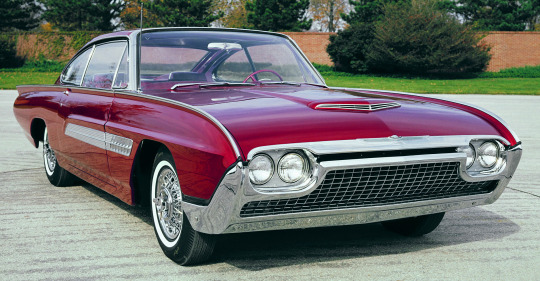
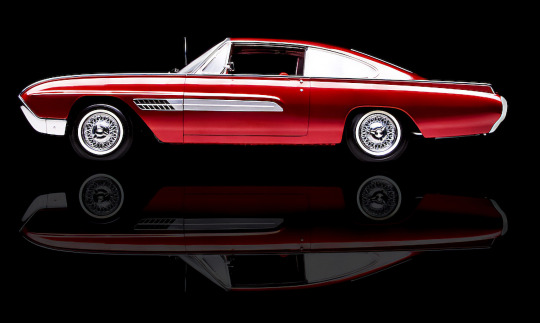
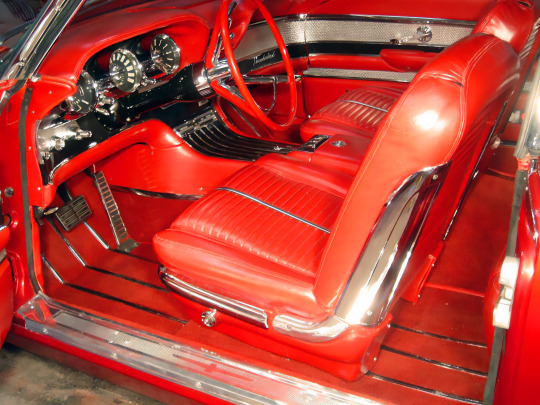

Ford Thunderbird Italien Concept, 1962. A design study by Ford’s Thunderbird stylists. This special version of the third generation T-bird featured a fastback roof line and red leather bucket seats front and rear. The Italien was a part of Ford’s 1962-63 “Custom Car Caravan” and appeared in Autoramas throughout the United States. The restored car sold at auction in 2008 for $660,000.00
#Ford#Ford Thunderbird#Ford Thunderbird Italien#concept#prototype#design study#1962#fastback#3rd generation#show car
332 notes
·
View notes
Text

90's Fest Movie/TV Car of the day: T-Bird's T-Bird (1973 Ford Thunderbird) from The Crow (1994) #cars #classiccars #musclecars #moviecars #ford #thunderbird #tbird #1973fordthunderbird #thecrow
#classic cars#cars#muscle cars#movie cars#ford#thunderbird#t-bird#ford thunderbird#1973 ford thunderbird#the crow#90s fest#90s#duran duran tulsa's 3rd annual 90s fest#Spotify
0 notes
Text

1977 Pontiac Grand Prix
A complete reworking of the front header and bumper highlighted the 1977 Grand Prix, which was the final year for the 1973-vintage bodyshell that was set to be replaced by a downsized GP for 1978. The parking lamps were now positioned between the quad headlamps (same setup as a 1967 or 1968 Oldsmobile Cutlass), and the previous year's 'waterfall' grille was replaced by a narrower one that extended into the lower portion of the bumper. Behind the bumper were new reinforcements (mounting panels) made from aluminum rather than steel to reduce weight. In back the taillights were simplified to eliminate the weighty pot metal bezels that created the horizontal stripe effect in 1976. The same three models (J, LJ, and SJ) were carried over with engine revisions. The base Model J got Pontiac's new 135 hp (101 kW) 301 cu in (4.9 L) V8 as standard equipment, which was much too small and underpowered to propel a 4,000-pound car. Optional engines included a 160 hp (119 kW) 350 cu in (5.7 L) V8 or 180 hp (130 kW) 400 cu in (6.6 L); those two engines standard on the LJ and SJ models, respectively. The original thinking on the 301 CID engine was that the weight savings from using a significantly lighter engine would cancel out the horsepower loss from the smaller displacement. This turned out to be a major miscalculation and 301 equipped cars became much less desirable among Grand Prix enthusiasts and collectors in later years. The 301 also had a knocking (pre-ignition) problem that was later determined to be caused by the shape of the combustion chamber.
Each of those engines were Pontiac-built units as in previous years, but offered in 49 of the 50 states. Because Pontiac's own V8 engines could not meet the more stringent California emission standards set for 1977, all Grand Prixs (and other Pontiac models) sold in California were powered by Oldsmobile-built engines including Lansing's 350 cu in (5.7 L) "Rocket V8" for J and LJ, and the 403 cu in (6.6 L) Rocket V8 standard on the SJ and optional on the other two GPs in California. Due to a shortage of Olds 350 engines resulting from record sales of Cutlasses and reduced production of that engine due to a plant conversion to build a Diesel V8 beginning in 1978, a few 1977 Grand Prixs destined for California reportedly came off the line with a Chevrolet-built 350 cu in (5.7 L) V8.
Grand Prix sales increased to an all-time high of over 270,000 units for 1977, the last year for this bodystyle, despite competition from a newly downsized and lower-priced Ford Thunderbird introduced this year and a restyled Mercury Cougar XR-7 whose bodyshell switched to the T-Bird this year from the discontinued Ford Torino/Mercury Montego.
96 notes
·
View notes



